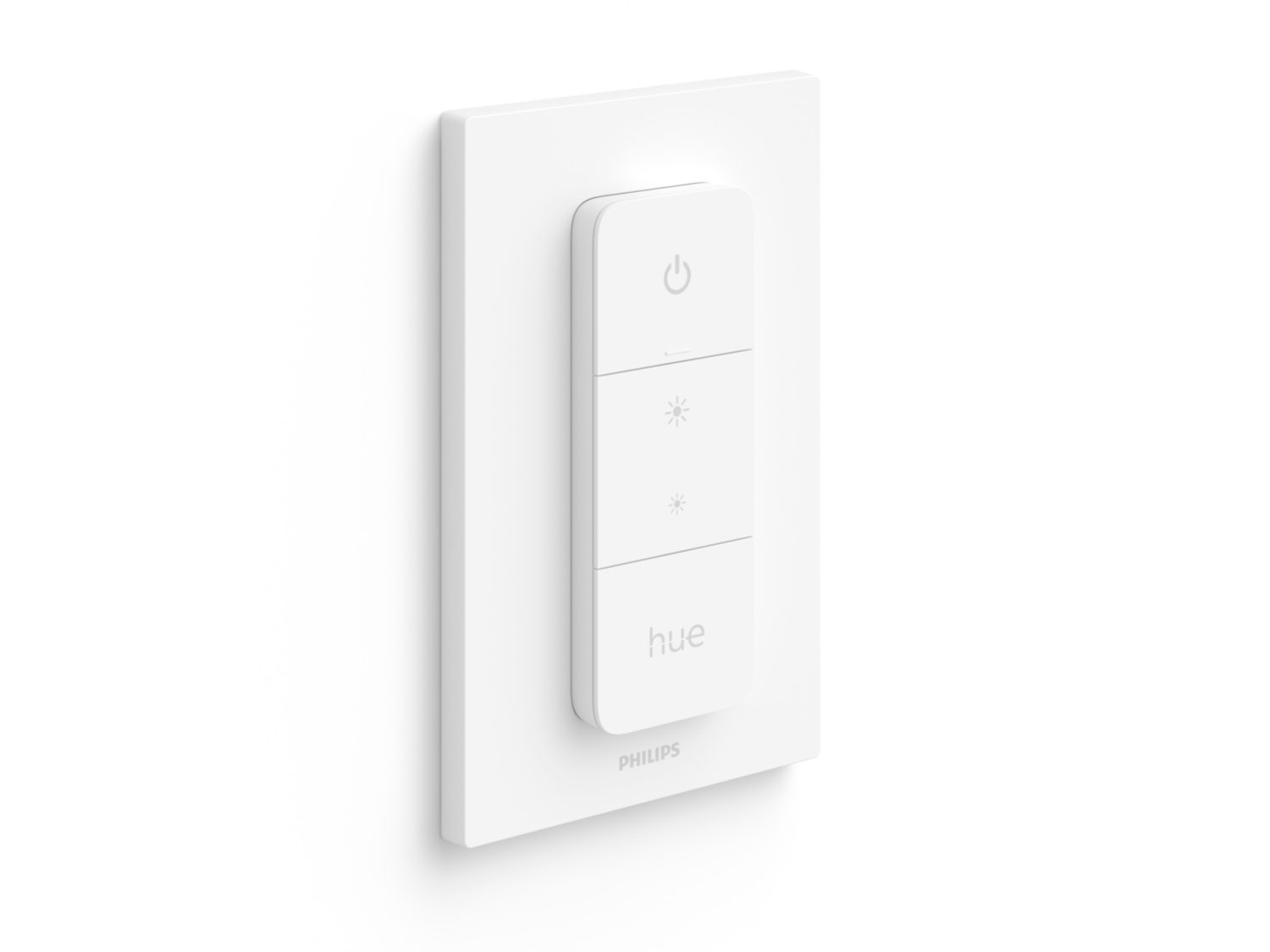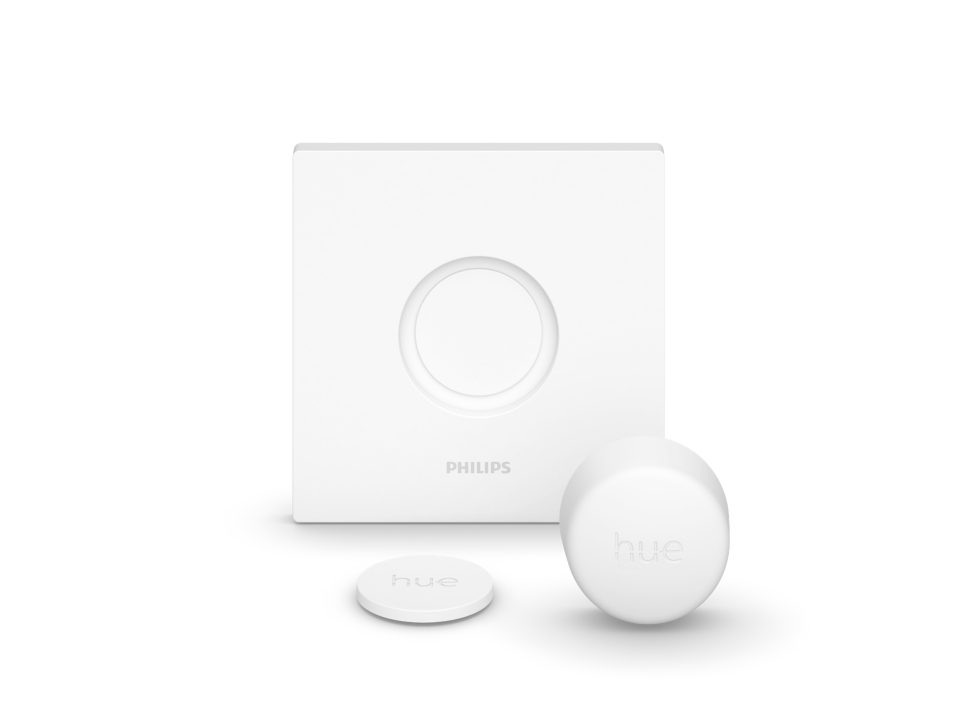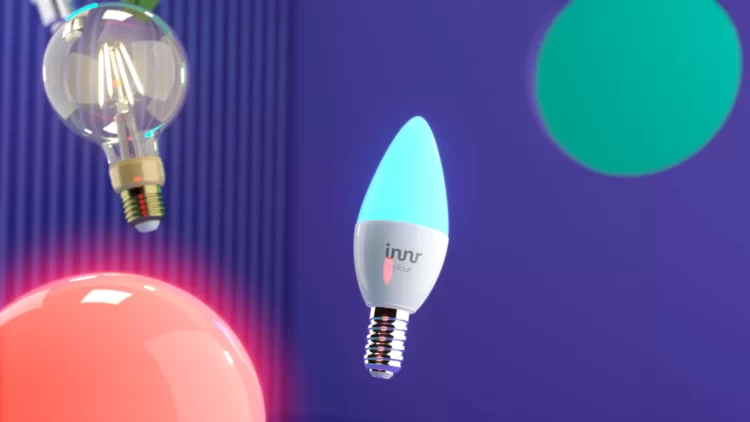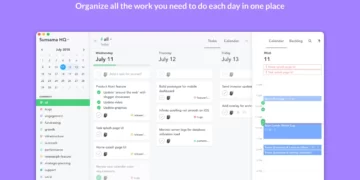The advantages of smart home technology have made it easier than ever to monitor and manage your home from the convenience of your smartphone.
Whether you want to keep tabs on what’s going on inside your house or just want to make sure the lights are off when you leave for work in the morning, there are plenty of apps out there that can help you do it.
But when you are planning a smart home, there are no guidelines to create a smart home, since everyone has different needs and requirements for their smart homes. This article aims to provide just a little guidance for the new smart home users and enthusiasts who want some fresh fundamental ideas.
Do: Research Everything Before Making a Purchase
In the smart home world, it’s very easy to get carried away by adding items to your cart that seem interesting or can solve a problem in your household. but be wary, since this is a quick and easy way to buy bad equipment, and waste money on gimmicks you’ll never going to use.
A better way to purchase items would be to think of uses for the gear, instead of buying it for its “wow” factor, you could also watch and read reviews of smart home products to get ideas about how other people use it.
Don’t: Forget To Plan Ahead
When you are starting to flesh out your smart home, it might be tempting to buy the newest gear by the new smart home companies, however, this is a bad practice, since if the product relied on the manufacturer’s cloud servers, or uses a proprietary communication system, you might lose functions of the product if the manufacturer goes under, or ends support for the model of your unit.
Relying on smart home systems with a big company baking it like Samsung SmartThings and Apple Homekit would be wiser, as well as open-source solutions like HomeAssistant, and for sensors, you should always use sensors that work with multiple systems, not just the manufacturers proprietary hub.
Do: Experment With New Ideas
You’ll never know if something works until you try it. That’s why you should always experiment with new setups and ideas to find new ways to automate your home.
Automations subreddits like r/smarthome and r/homeautomation will have some great ideas you can test, you can also checkout product-specific subreddits like r/homeassitant which will have complex automation that uses products you already have.
Don’t: Cheap out on Fundmentals
You probably have a lot of items in your wishlist (We all do) and if you try to fit the whole wishlist in your budget, this will lead to skimping out on some specific products.
Spending on expensive products like Lutron Caseta for lighting might seem obsolete since other switches do exist with the same functionality and are cheaper, but Lutron Caseta has been a reliable system that people have depended on for decades, unlike a tuya-based switch.
Some items you shouldn’t skimp out on are:
- Lighting
- Smart Locks
- Security Cameras
- Mains-Powered Devices
Do: Make Sure Your Devices are Compatible
Another thing you should look out for when buying your products is their compatibility with your existing and future gear.
This is where it gets confusing, as some products are semi-compatible with each other, like Philips Hue and SmartThings, since you can technically connect your Hue bulbs to the SmartThings Hub, but you will lose some functionality, as opposed to connecting to a native Hue Hub.
Until recently, Nest products could not work with Samsung SmartThings, so YouTube and other smart home resources will be your friend in the planning stage.
Don’t: Rely on Wi-Fi for Everything
A common occurrence when someone is getting into the smart home is questioning the importance of smart home hubs with their various communication methods.
Wi-Fi might seem like a good option, but once you look at the Pros and Cons of Hubs and Wi-Fi you’ll see that smart home hubs do have their advantages, especially when you have a large number of devices connected to your Wi-Fi.
Do: Utilize Smart Controllers and Speakers


Smart Controllers are smart control devices like Smart Speakers, Smart Buttons, Sensors, and Scene Controllers. You should be able to utilize these for your needs, like adding a button near your bed that triggers a routine that turns off your lights, locks your doors, and sets an alarm.
Smart Speakers are also important since you can do an action as fast as saying the words to your smart speaker of choice.
Don’t: Lock Yourself into a Single Ecosystem
While a single ecosystem might seem like the right option, you can control everything within one app, have fewer bugs, and have an overall smoother experience.
Single Ecosystems do come at a cost though since the product you are looking for might simply not exist, or not have the functionality you desire. Another issue would be if the company went under, and ended support for their products as we mentioned above.
Do: Organize Your Automations
This should be done sooner than later because if you can’t keep up you’ll have 6 automations called “Test 1” in no time. Your automations should have a clear naming scheme where you can understand what the automation does, and where it takes place without having to look at the Automation’s details.
Don’t: Overcomplicate Your Automations
Automations can get complex fast. You should always try to keep your automations as easy to follow as possible for a better experience.
You should also keep your family in mind when creating automations, since all the members of your household might not have the same views on automation as others.
You should also really think about if that task needs automating, as some tasks shouldn’t be automated.
Conclusion
No smart home is perfect, but following those ideas mentioned above, you should be able to pave the way to a functional smart home without having to buy more gear than you need to, (who am I kidding, we always want more gear!)














